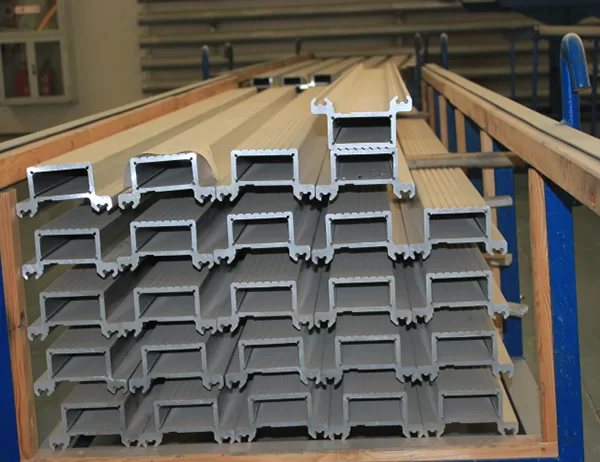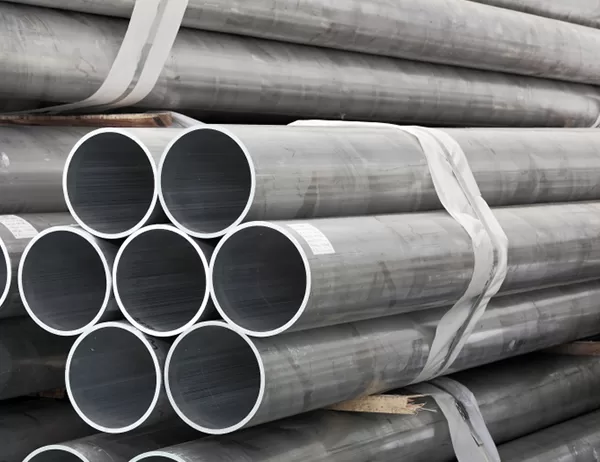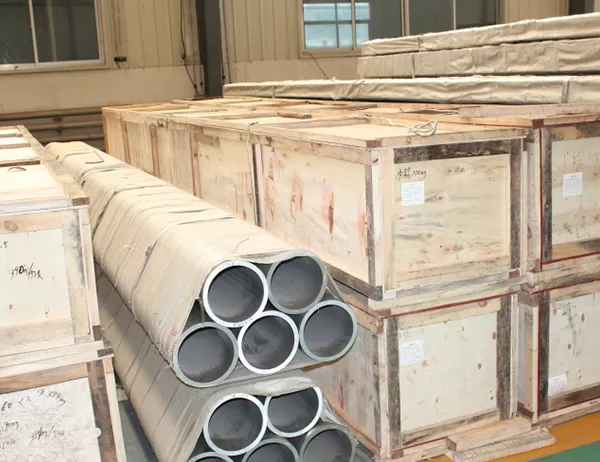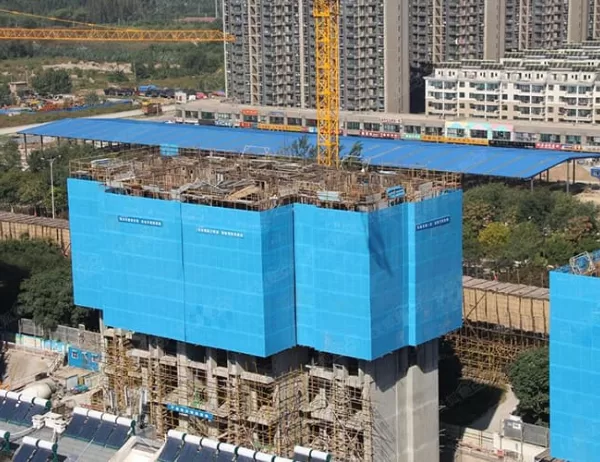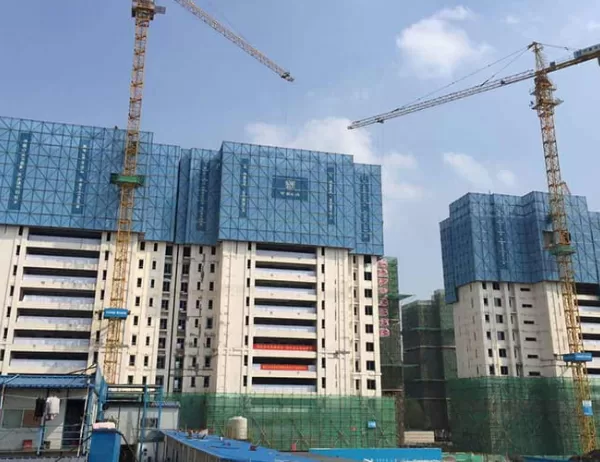In today’s competitive industrial landscape, businesses are constantly seeking ways to differentiate their products and enhance their efficiency. Customization options in industrial aluminum profile design play a pivotal role in achieving these objectives. Aluminum profiles offer a versatile and lightweight solution for a wide range of applications, and their ability to be customized empowers engineers and manufacturers to create solutions tailored to their specific needs. This article delves into the extensive customization options available in industrial aluminum profile design, showcasing how they empower businesses to optimize performance, streamline production, and create unique products.
One of the primary customization options lies in the cross-sectional shape and dimensions of the aluminum profile. These parameters can be precisely engineered to meet specific load-bearing requirements, space constraints, and aesthetic preferences. From simple rectangular profiles to complex multi-chambered designs, the possibilities are virtually limitless. Customized shapes allow for optimal material distribution, ensuring structural integrity while minimizing weight and optimizing material utilization. In addition, customized dimensions enable precise fitting within tight spaces and facilitate seamless integration with other components.
Surface treatments play a crucial role in enhancing the functionality and appearance of aluminum profiles. Customization options include anodizing, powder coating, and various mechanical treatments. Anodizing creates a protective and decorative oxide layer, enhancing corrosion resistance, surface hardness, and color options. Powder coating provides a durable and aesthetically pleasing finish, available in a wide range of colors and textures. Mechanical treatments, such as brushing and polishing, offer bespoke surface finishes that optimize grip, reduce friction, or enhance the reflectivity of the aluminum profile.
The mechanical properties of aluminum profiles can be tailored to specific application requirements. Customization options include alloy selection, heat treatment processes, and cold working techniques. By choosing the appropriate alloy and heat treatment, engineers can optimize strength, hardness, and ductility to meet the demands of the intended application. Cold working, such as rolling or extrusion, further enhances mechanical properties by aligning the crystal structure, resulting in increased strength and stiffness. These customization options empower engineers to create aluminum profiles with the precise mechanical characteristics required for their unique applications.
Customization options extend to the integration of additional features into aluminum profiles. This includes the incorporation of slots, grooves, holes, and other design elements. These features facilitate easy assembly, provide mounting points for accessories, or enhance functional capabilities. By integrating features directly into the aluminum profile, manufacturers can streamline production processes, reduce component count, and improve overall product quality. In addition, custom-designed features can enable unique functionalities, such as heat dissipation or electrical insulation, further enhancing the versatility of aluminum profiles.
Customization options in industrial aluminum profile design empower engineers and manufacturers to create highly tailored solutions that meet the specific requirements of their applications. From cross-sectional shapes and dimensions to surface treatments, mechanical properties, and integrated features, the possibilities for customization are vast. By leveraging these options, businesses can optimize performance, streamline production, and create unique products that stand out in the competitive marketplace. As the demand for customized industrial solutions continues to grow, the adaptability and versatility of aluminum profiles, coupled with the extensive customization options available, will undoubtedly play a key role in driving innovation and enabling businesses to achieve their goals.
